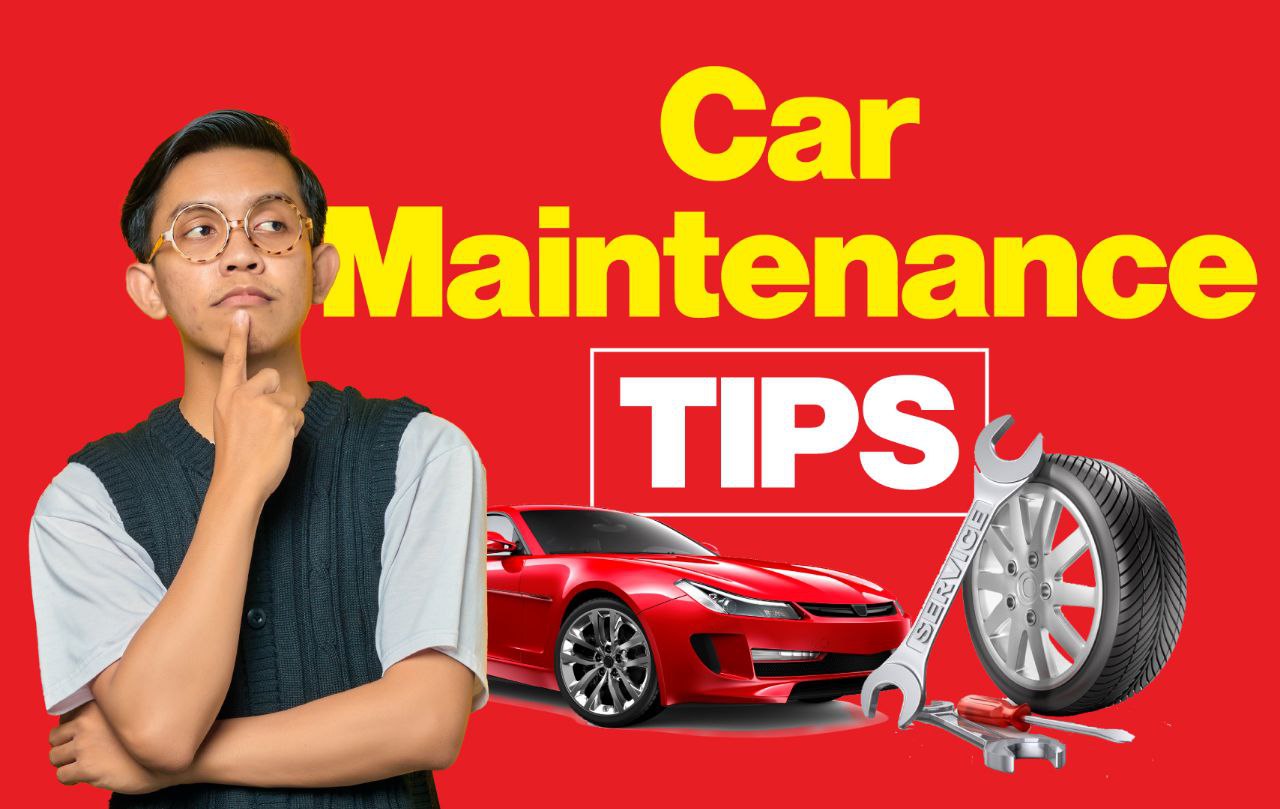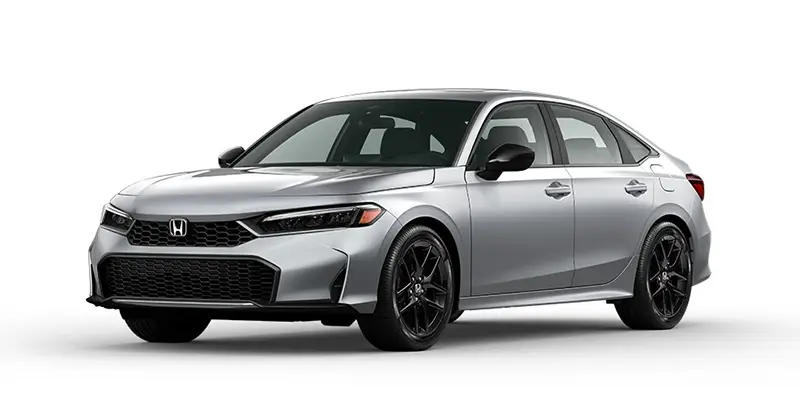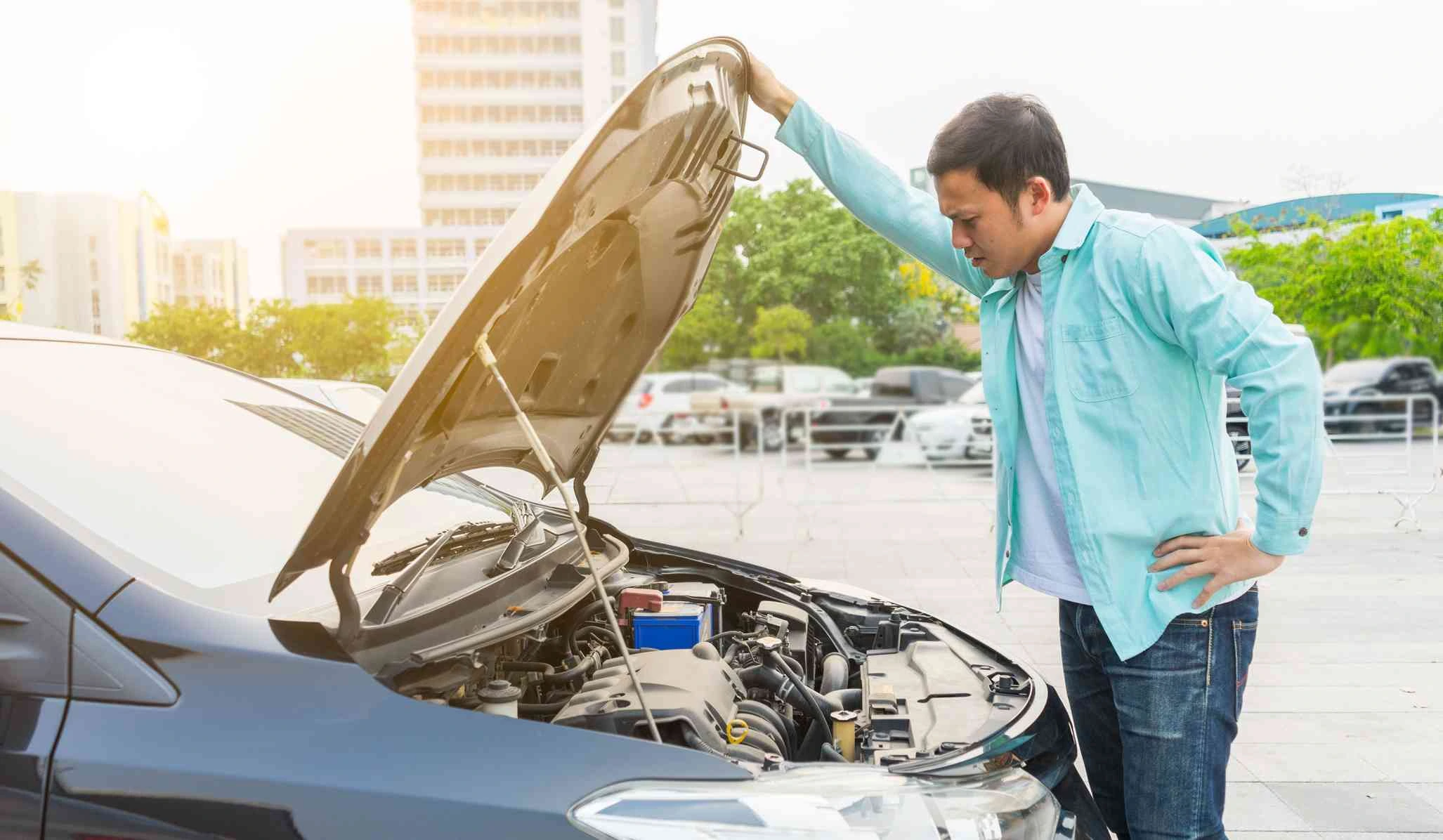Keeping up with your car maintenance probably isn’t the most thrilling item on your to-do list. But paying a little bit of routine attention (and cash) on your vehicle is completely worth it—for your safety and your savings. We’ve got 13 car maintenance tips that can keep your car out of the shop, and keep you from having to buy a new vehicle as long as possible. Take a look!
10 Car Maintenance Tips to Save You Money
1. Check your spare tire.
It’s just as important to keep the backup tire inflated as it is the four tires under your car. The last thing you want is to discover your spare is flat while you’re pulling the jack out of your trunk. It’s better to spend a dollar at the air pump every few months to inflate your spare than to spend hundreds on a tow truck in your time of need.
- Maintenance tip: Test the air pressure of your driving tires and your spare tire once a month.
2. Change the oil.
How much can skipping oil changes affect your budget? Oh, plenty. Oil problems can be some of the costliest car maintenance issues to fix, since oil affects pretty much everything your car does. So don’t skip it. Getting your oil (and filter) changed costs around $35–75.1 For the price of a family dinner at a higher-end fast food joint, you’ll lower the risk of wearing out your engine—which costs a lot more than burgers and fries to replace.
Recommended to read:
- How to Check Your Car's 6 Essential Fluids
- 5 Important Elements for Brake Maintenance
- How to check the 5 essential fluids in your car
- 6 Tire care tips to keep your tires in good condition
- MOST IMPORTANT DIESEL ENGINE MAINTENANCE TIPS
Maintenance tip: Change the oil every 5,000 miles or follow your car manufacturer’s recommendations.
3. Keep the battery clean.
Over time, corrosion (which looks like white or bluish powder) can form on the terminals of your car’s battery (those little metal knobs on top). If you don’t keep them clean, the battery could develop a crack or simply not function, leaving you stranded. Since a quality car battery can cost upward of $250—and a tow can run you even more—buying a $5 wire brush and keeping the terminals looking spiffy is money well spent.2
- Maintenance tip: Test your battery twice a year and inspect it for corrosion.
4. Replace the brake pads.
Do you hear a squeaking sound when you hit the brakes? If so, your brake pads could be on their last legs. Replacements can cost up to $300 per axel, plus the labor charge if a professional installs them.3 We know that price tag may seem hefty. But this isn’t something to mess around with. You can’t just screech to a stop with your feet like Fred Flintstone. Don’t get in an accident. Keep your brakes working.
- Maintenance tip: Check the brake fluid every time you change the oil to be sure it’s not dark in color. If it is, you’ll need to change the brake system sooner rather than later.
5. Replace your cabin air filter.
Your car’s cabin air filter keeps pollutants from coming in through the vents. It’s a pretty important job, so treat your air filter well. Plus, using an old air filter long past its life can lead to major problems for your air conditioning system. And trust us, you don’t want that. Servicing the AC unit can cost around $430–521, but replacing it is more like $1,319–2,515.4
- Maintenance tip: Change your cabin air filter every 12 months or 12,000 miles.
6. Get new windshield wipers.
Depending on the make and model of your car, buying new windshield wipers can run you $50–61 for parts and labor.5 While that seems like a hefty price tag for something so small, this is another time when safety is the priority. After all, if you can’t see the road, you really shouldn’t be driving. It. Isn’t. Safe. Repairing or replacing your car after a crash will cost you way more than new wipers.
- Maintenance tip: Check your windshield wipers at the change of each season and replace them when necessary.
7. Get your tires rotated.
Did you know you can easily extend the life of your tires just by rotating them every so often? It’s true! The tires on your car don’t wear down the same way. When you rotate them regularly, they’ll last longer and you’ll save around $187 a tire, which is nearly $748 for a brand-new set of four.6
- Maintenance tip: Rotate your tires every 3,000–5,000 miles.
8. Check the shocks, springs and struts (aka the suspension system).
The suspension system is one of those intricate parts of your car that you probably don’t think about—until it stops doing its job and makes your ride bouncier than a trampoline park. If you find that one of the shocks needs to be replaced, go ahead and replace all four of them. Yeah, it sucks, but it’s better in the long run for the overall life and well-being of your car.
- Maintenance tip: Check the shocks and full suspension system every 15,000–30,000 miles.
9. Check your coolant.
If you don’t stay on top of changing your coolant, you run the risk of serious corrosion inside your car. Which is both gross and damaging. The coolant affects everything from the heater and air conditioner to the radiator and water pump. For something that impacts that much of your car’s overall health, you don’t want to skip the maintenance on this one.
- Maintenance tip: It’s a good idea to check your coolant twice a year—once before the warm weather hits and again before the cold weather swoops in.
10. Check your spark plugs.
If your engine is giving you trouble, one of the common reasons (and easy fixes) is the spark plugs. And guess what? A spark plug generally costs less than $10!7 What a small price to pay to avoid a major engine overhaul—because replacing that sucker starts at about $4,000.8 Yuck.
- Maintenance tip: Check and change the spark plugs about every 30,000 miles.
.png)










